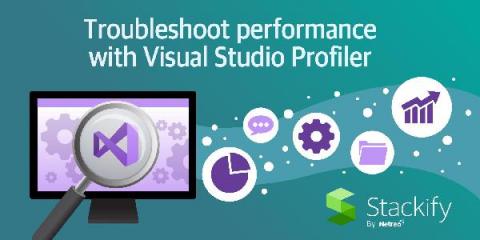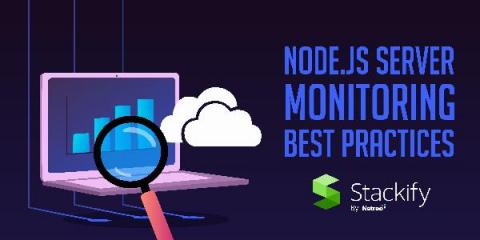How to Troubleshoot Performance with a Visual Studio Profiler
Performance profilers mainly aid developers in analyzing the performance of applications. The purpose is to improve poorly performing sections of code that make up the functions of the application. When you say performance profilers, common names that come to mind are Visual Studio performance profilers and Prefix by Netreo. In this article, we will focus on the specific Visual Studio profiling tools for memory and CPU usage.









